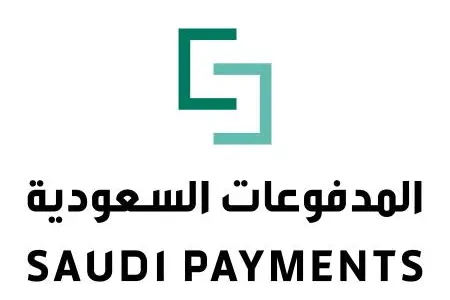PHOTO
RIYADH: A study into electronic payments has revealed that e-payments accounted for more than 36% of all available payments in Saudi Arabia, including cash, exceeding the target share of non-cash transactions targeted by the Kingdom's Vision 2030, knowing that the objectives of the Financial Sector Development Program (FSDP) were to reach 28% by the end of 2020
The Saudi Arabian Monetary Authority (SAMA) in cooperation with the Saudi Payments Company conducted the study into the diversity of electronic payment methods. It found card payments accounted for the largest share of payments at nearly 30%, while other methods included SADAD platform payments and other financial payments.
The study also found that Mada Sale Service Points recorded an unprecedented increase in the number and value of purchase transactions. At the end of 2016 point of sales (POS) grew by 33%, while in 2017 and 2018 the growth rate was 35% and 46% respectively. Current figures for 2019 indicate the growth rate close to 53% (to the end of October 2019), to reach more than one billion and two hundred million operations (1.2M). Operations carried out using Mada Atheer (NFC) accounted for 52% of total operations this year as of the end of October, comparatively exceeding many developed countries in NFC services.
The study also revealed a significant expansion in the availability of Mada electronic payment devises in the commercial sector, such as gas stations. The total number of Mada devices in operation by the end of September 2019 was over 421,000 compared to 107,000 at the end of 2013. This was in addition to the launch of Mada Atheer technology which had a significant role in increasing e-payments, especially with the introduction of a payment service via smart phones.
Overall the study reflected the success of the Saudi Arabian Monetary Authority (SAMA)'s strategy to support an e-payment system, and the Financial Sector Development Program (FSDP)aimed at enhancing e-payments and reducing cash transactions in line with Vision 2030. The overall aim of the strategy is for electronic payments to account for 70% by 2030.
Ends
© Press Release 2019Disclaimer: The contents of this press release was provided from an external third party provider. This website is not responsible for, and does not control, such external content. This content is provided on an “as is” and “as available” basis and has not been edited in any way. Neither this website nor our affiliates guarantee the accuracy of or endorse the views or opinions expressed in this press release.
The press release is provided for informational purposes only. The content does not provide tax, legal or investment advice or opinion regarding the suitability, value or profitability of any particular security, portfolio or investment strategy. Neither this website nor our affiliates shall be liable for any errors or inaccuracies in the content, or for any actions taken by you in reliance thereon. You expressly agree that your use of the information within this article is at your sole risk.
To the fullest extent permitted by applicable law, this website, its parent company, its subsidiaries, its affiliates and the respective shareholders, directors, officers, employees, agents, advertisers, content providers and licensors will not be liable (jointly or severally) to you for any direct, indirect, consequential, special, incidental, punitive or exemplary damages, including without limitation, lost profits, lost savings and lost revenues, whether in negligence, tort, contract or any other theory of liability, even if the parties have been advised of the possibility or could have foreseen any such damages.











